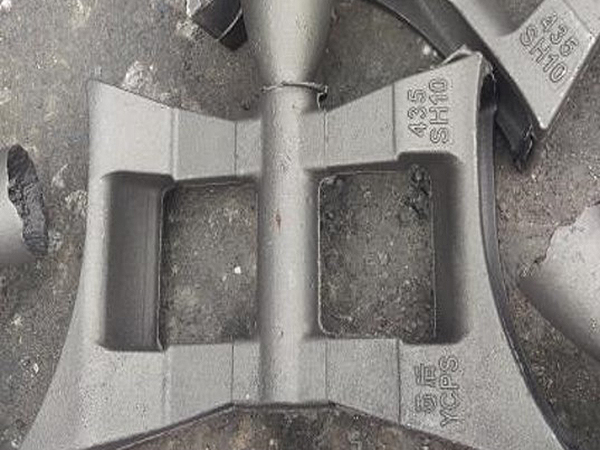Why is Sand Casting Used?
Sand casting is one of the oldest and most established manufacturing processes in the world. Its popularity spans various industries from automotive to aerospace, and it continues to play a crucial role in modern manufacturing. Several factors contribute to the widespread use of sand casting, including its cost-effectiveness, versatility, and ease of use.
Cost-Effectiveness
One of the primary reasons sand casting is favored is its cost-effectiveness. The materials used in the sand casting process, such as sand, clay, and water, are relatively inexpensive and readily available. This makes it an economical choice for manufacturers, especially for producing large components or small to medium production runs. Additionally, the initial investment required for sand casting equipment is significantly lower compared to other casting methods, such as investment casting or die casting, which often require expensive molds and specialized machinery.
Versatility
Sand casting is incredibly versatile and can be used to create a wide range of shapes and sizes. It can accommodate complex geometries and a variety of materials, including ferrous and non-ferrous metals. This flexibility allows manufacturers to produce anything from intricate parts to massive components, meeting diverse customer needs across different industries. Moreover, sand casting molds can be modified or reused multiple times, making it easier to adapt to various production requirements without incurring significant additional costs.
Ease of Use
The sand casting process is relatively straightforward, making it accessible to manufacturers. The process starts with creating a mold from a pattern, which is typically made from wood or metal. The mold is filled with sand mixed with a binder, and once the metal is poured into the mold and allowed to cool, the sand can be removed to reveal the cast part. This simplicity allows for quick setup times and the ability to easily iterate designs. Additionally, the learning curve for sand casting is less steep compared to other methods, enabling manufacturers to train new employees effectively and efficiently.
why is sand casting used

Large Production Capacity
Sand casting can produce a high volume of parts, making it suitable for mass production. While it may not rival die casting in terms of speed for small productions, its ability to handle larger components and create multiple castings simultaneously ensures that manufacturers can meet demand without significant delays. Furthermore, the process accommodates various production scales, from single prototypes to larger production runs, allowing manufacturers to find a balance between quality and quantity.
Finishing Options
The surface finish of sand-cast components can vary, and although sand casting may not achieve the same level of precision as some other casting methods, various finishing techniques can be applied to enhance the appearance and functionality of the final product. After sand casting, manufacturers can employ machining, polishing, or coating to improve surface quality and meet specific design specifications. This post-processing flexibility ensures that products can satisfy a wide range of customer requirements.
Environmental Considerations
In recent years, environmental concerns have prompted many manufacturers to adopt more sustainable practices. Sand casting can align with these aims, as the sand used for molds is often reusable. After the casting process, the sand can be cleaned and recycled for future use, reducing waste and lowering the environmental impact of production. Furthermore, fewer chemical additives are needed compared to other casting methods, making it a more eco-friendly option.
Conclusion
In summary, sand casting remains a popular manufacturing process due to its cost-effectiveness, versatility, ease of use, production capacity, finishing options, and environmental considerations. As industries continue to evolve and prioritize efficient production methods, sand casting will undoubtedly retain its significance. Whether for creating intricate designs in smaller applications or for producing large-scale components, sand casting’s adaptability ensures that it will remain a vital technique in the world of manufacturing for years to come. The balance of practicality and efficiency makes sand casting a preferred choice for many manufacturers, illustrating its continued relevance in today’s market.
Post time:Dec . 10, 2024 03:19
Next:The Art of Casting with Sand for Creative Projects and Sculptures
